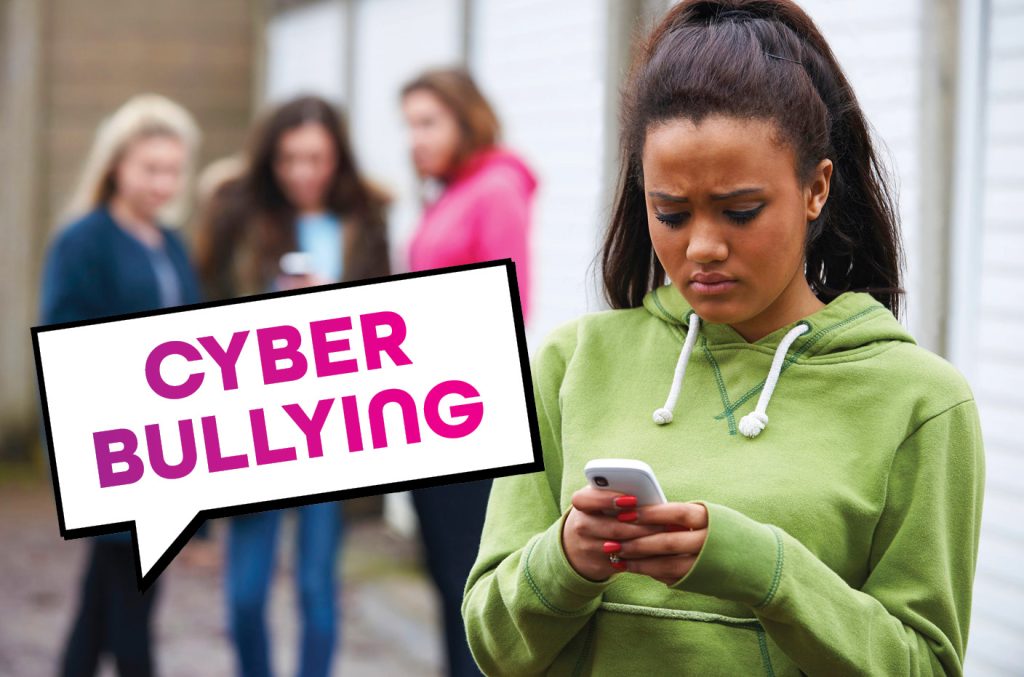Bullying in the Digital Age: The Challenges and Solutions

Cyber Bullying – What can we do
Bullying in the Digital Age: Harassing and intimidation has been around for centuries, but the advent of the internet and social media has given it a new dimension. Cyber harassment and intimidation is the use of electronic devices to bully or harass someone. It can take many forms, including: * Sending hurtful or threatening messages * Posting embarrassing photos or videos * Spreading rumors online * Impersonating someone online and sending hurtful messages to their friends and family.
Cyber intimidation can be just as harmful as traditional bullying, and in some cases, it can be even more damaging. This is because cyber harassment and intimidation can reach a wider audience and can be more difficult to escape. Victims of cyberbullying may also feel more isolated and alone, as they may not be able to talk to their friends or family about what is happening.
The rise of cyberbullying has led to a number of challenges for schools and parents. One challenge is that it can be difficult to identify and stop cyber harassment and intimidation. This is because cyber harassment and intimidation can happen anywhere, at any time, and it can be difficult to trace the source of the bullying. Another challenge is that cyber harassment and intimidation can be more difficult for victims to escape. This is because it can be difficult to block or ignore cyberbullies, and it can be difficult to delete or remove hurtful or embarrassing content that has been posted online.
Despite these challenges, there are a number of things that can be done to address cyber harassment and intimidation. One important step is to educate students about cyber Harassment and its consequences. Students need to understand that cyber Harassing is a serious problem, and they need to know how to protect themselves and others from it. Schools and parents can also work together to create a safe and supportive environment for students.
This includes creating clear rules and expectations about online behavior, and providing students with the support they need to report and deal with cyber intimidation. Finally, it is important to remember that cyberbullying is a crime. If you are the victim of cyber harassment and intimidation, you should report it to the police or to your school administration. You can also seek help from a mental health professional or from a victim support organization. Here are some tips for parents and educators on how to prevent and address cyberbullying: *
Talk to your children about cyberbullying. Let them know what it is, how to recognize it, and what to do if they are the victim of cyber Harassing. * Set clear rules and expectations about online behavior. Let your children know that cyber intimidation is not acceptable, and that there will be consequences if they engage in this behavior. * Monitor your children’s online activity. Be aware of what websites they are visiting and who they are communicating with online. * Encourage your children to come to you if they are the victim of cyber harassment and intimidation. Let them know that you are there to support them and that you will help them to stop the bullying. *

Report cyberbullying to the appropriate authorities. If your child is the victim of cyberbullying, you should report it to the police or to your school administration. You can also seek help from a mental health professional or from a victim support organ
organization. By working together, we can create a safer and more supportive environment for all students.
If you are a student and you are getting bullied on your cell phone via text message, there are a few things you can do:
- Tell a trusted adult. This could be a parent, teacher, counselor, or another adult you trust. They can help you to stop the bullying and support you through this difficult time.
- Save the evidence. This includes the text messages, screenshots, and any other evidence you have of the bullying. This will be helpful if you need to report the bullying to the police or school administration.
- Block the bully. This will prevent them from sending you any more text messages.
- Change your phone number. This is a more drastic measure, but it may be necessary if the bullying is severe and you are unable to stop it.
- Report the bullying to the police or school administration. This is an important step if the bullying is severe or if you are concerned for your safety.
It is important to remember that you are not alone. There are many people who care about you and want to help you stop the bullying. If you are being bullied, please reach out to a trusted adult for help.
Here are some additional tips for students who are being bullied on their cell phone:
- Do not respond to the bully. This will only encourage them to continue bullying you.
- Do not delete the evidence of the bullying. This will be helpful if you need to report the bullying to the police or school administration.
- Talk to your friends and family about what is happening. They can provide you with support and help you to develop a plan to stop the bullying.
- Get involved in activities that you enjoy. This will help you to build your self-esteem and make it less likely that you will be bullied.
Remember, you are not alone. There are many people who care about you and want to help you stop the cyber harassment and intimidation. Please reach out to a trusted adult for help.

